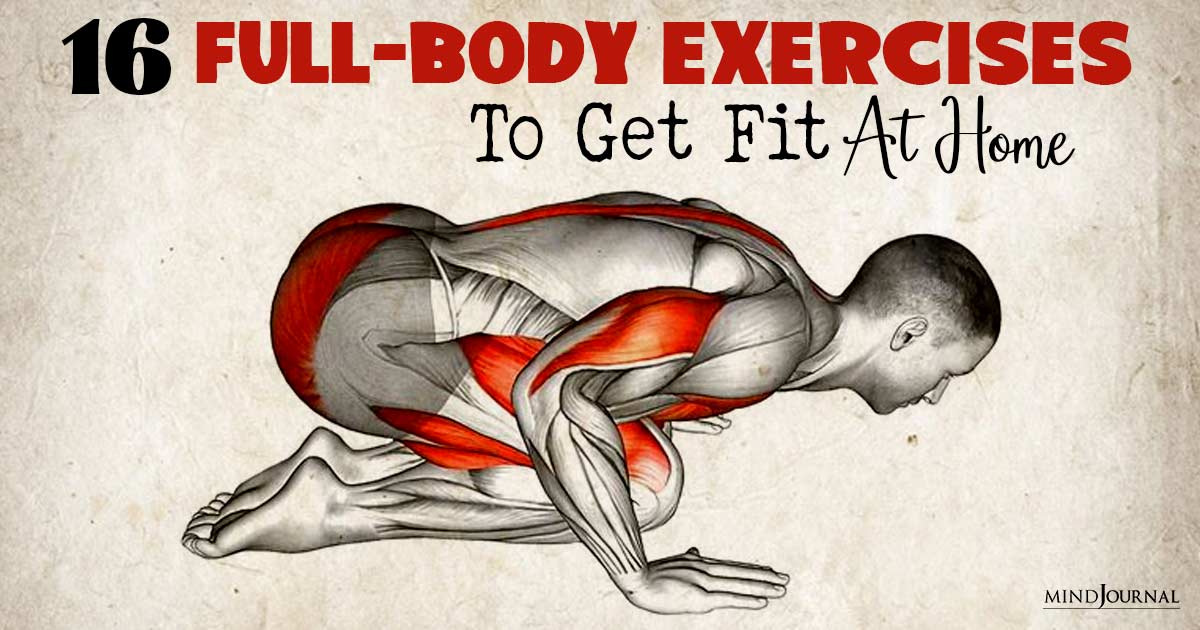

Unlocking the Power of Eccentric Full Body Workouts
Understanding Eccentric Training
Eccentric training involves emphasizing the lengthening phase of muscle contraction. In simpler terms, it’s the lowering portion of an exercise where you resist gravity or an external force. While often overlooked, this phase is crucial for muscle growth, strength gains, and overall fitness improvement.
Building Muscle with Eccentric Workouts
Contrary to popular belief, you don’t need fancy equipment to incorporate eccentric training into your routine. Bodyweight exercises like push-ups, squats, and lunges can be modified to include an eccentric focus. By slowing down the lowering phase of these movements, you increase time under tension, leading to greater muscle activation and growth.
Enhancing Strength and Power
Eccentric training isn’t just about building muscle; it’s also about improving strength and power. By challenging your muscles during the lengthening phase, you improve their ability to generate force, resulting in enhanced performance in various activities, from sports to everyday tasks.
Preventing Injury and Improving Mobility
One of the lesser-known benefits of eccentric training is its role in injury prevention and improving mobility. By strengthening muscles eccentrically, you increase their ability to absorb and dissipate force, reducing the risk of strains and tears. Additionally, eccentric exercises can help improve joint stability and range of motion, promoting overall joint health.
Designing Your Eccentric Full Body Workout
When designing an eccentric full body workout, it’s essential to incorporate a variety of exercises that target different muscle groups. Aim for a balanced routine that includes upper body, lower body, and core exercises. Start with bodyweight movements and gradually add resistance as you become more comfortable with the eccentric focus.
Sample Eccentric Full Body Workout Routine
- Push-Ups: Focus on lowering yourself slowly towards the ground, taking at least 3-5 seconds to complete the descent.
- Squats: Perform squats with a slow and controlled lowering phase, emphasizing the eccentric portion of the movement.
- Lunges: Step backward into a lunge position and lower yourself down slowly, maintaining tension in your muscles throughout the movement.
- Pull-Ups: Lower yourself down from the pull-up bar with control, resisting gravity on the way down.
- Planks: Engage your core and slowly lower your body towards the ground, maintaining a straight line from head to heels.
Progressing Your Eccentric Training
As you become accustomed to eccentric training, you can gradually increase the intensity by adding resistance or incorporating more challenging variations of exercises. Experiment with tempo variations, such as pausing at the bottom of each movement, to further increase time under tension and enhance muscle growth and strength.
Listening to Your Body
While eccentric training offers numerous benefits, it’s essential to listen to your body and avoid overdoing it. Start with lighter resistance and gradually increase intensity as you progress. Pay attention to any signs of pain or discomfort and adjust your workout accordingly. Remember, consistency is key, so aim to incorporate eccentric training into your routine regularly for optimal results. Read more about eccentric full body workout







